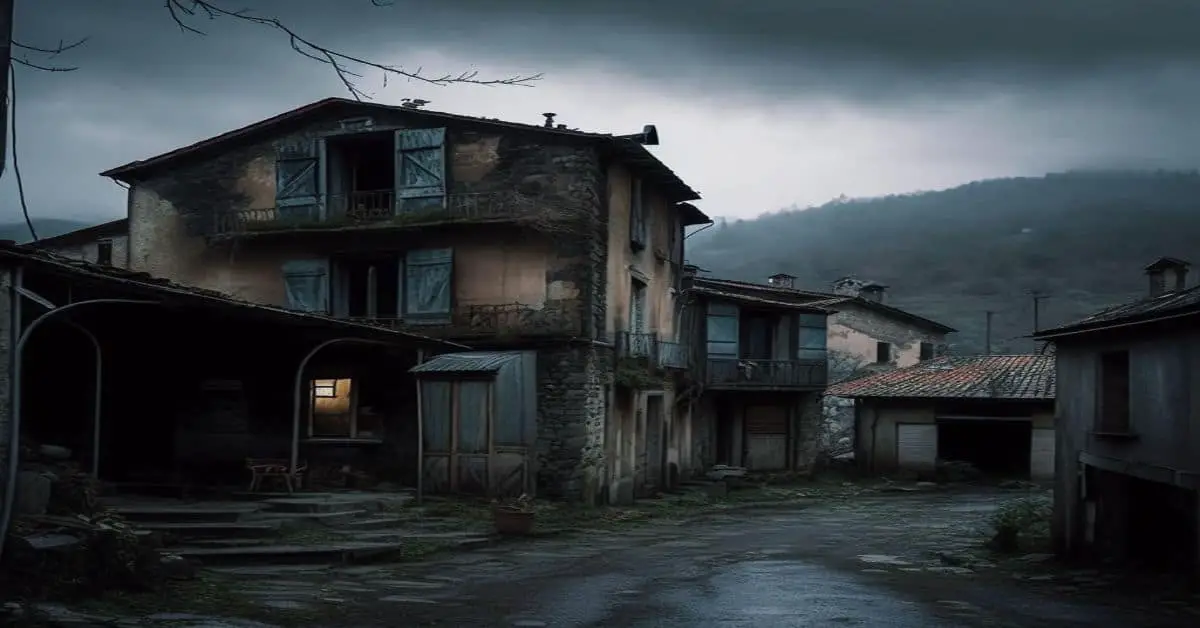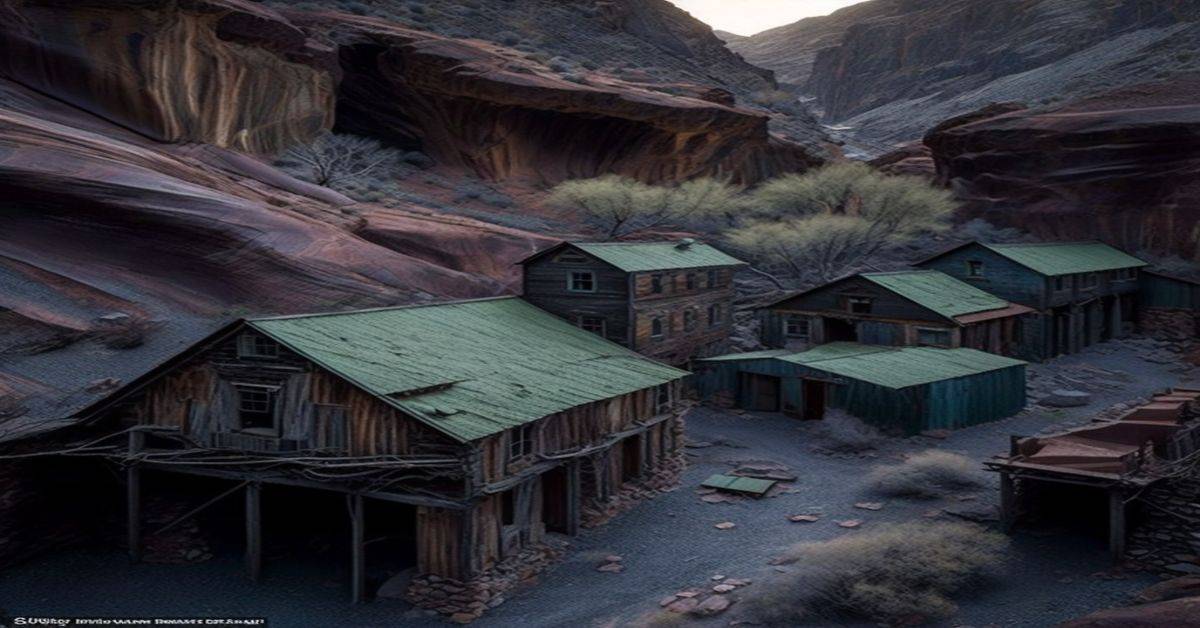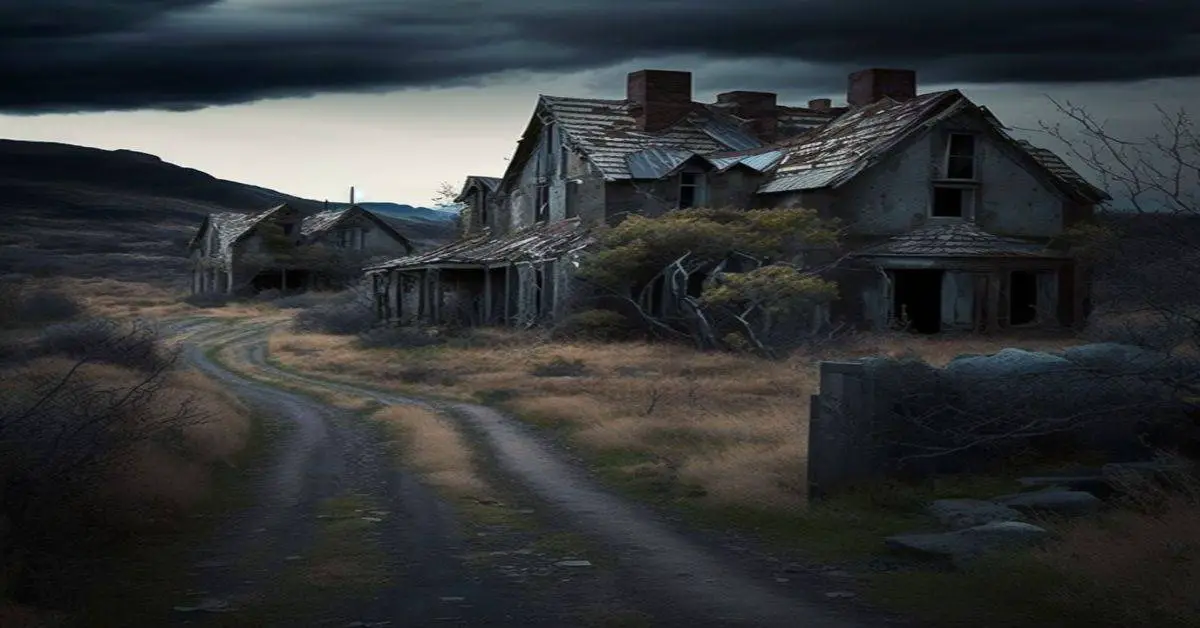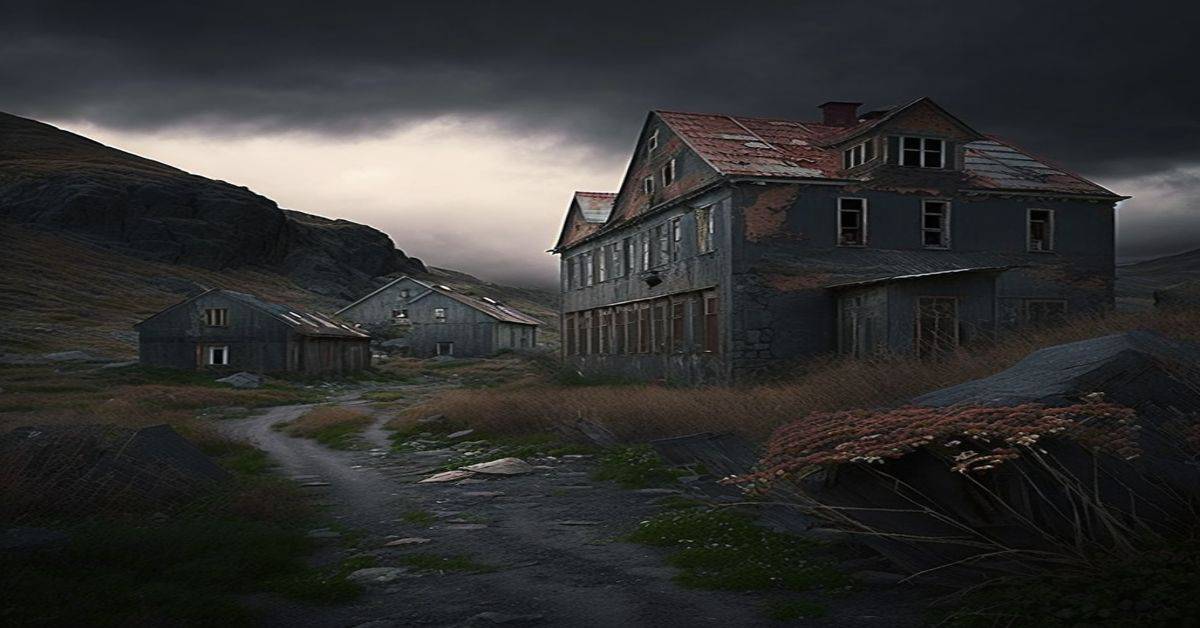Located in the Florida Keys, Pigeon Key is a small island with a significant place in the area’s history. Once a bustling settlement home to hundreds of workers and their families, Pigeon Key was vital in completing Henry Flagler’s Overseas Railroad and later the Overseas Highway.
Despite its abandonment in the 1950s, the island still stands as a testament to the determination and grit of those who lived and worked there. The history of Pigeon Key is haunting, filled with stories of struggle, perseverance, and tragedy. From the harsh living conditions to the island’s isolation, the challenges faced by those who called Pigeon Key home were many.
Today, the island stands as a reminder of the sacrifices made by those who worked tirelessly to connect the Florida Keys to the mainland, and it serves as an educational camp and historic site for visitors to explore and learn from. In this article, we will delve deeper into the haunting history of Pigeon Key, examining its role in the railroad’s completion, its eventual abandonment, and its preservation as a symbol of the past.
Key Takeaways
- Pigeon Key played a significant role in completing Henry Flagler’s Overseas Railroad and later, the Overseas Highway.
- The island housed up to 400 workmen during construction, and some homes and a school were built for the ‘permanent’ residents.
- Pigeon Key was home to paint crews, bridge tenders, maintenance workers, and their families until the early 1950s.
- Currently, Pigeon Key is used as an educational camp and historic site, leased by the non-profit Pigeon Key Foundation.
Location and Access
Pigeon Key is a small island in the Florida Keys that significantly completed Henry Flagler’s Overseas Railroad. Located south of Marathon in the Moser Channel, the island can be accessed by foot or bicycle on the north end of the Old Seven Mile Bridge or via a 15-minute ferry ride.
The island is a unique natural environment with a hot climate almost year-round. The conditions during the railroad construction were harsh, with no mosquito control, few trees for shade, and no air conditioning. Despite the difficult conditions, Pigeon Key housed up to 400 workmen in dormitories and tents during construction and later became a bridge tender-maintenance camp.
Today, Pigeon Key continues to be a popular tourist destination and historic site. Visitors can explore the island’s haunting history and learn about its important role in completing the Overseas Railroad.
Tourist activities include guided tours of the island’s historic buildings, including the old Mess Hall and Post Office, as well as the opportunity to swim in the island’s large salt-water swimming pool, which has been modified to function as a shallow harbor.
The island’s unique natural environment and rich history make it a must-visit destination for anyone interested in the history of the Florida Keys.
Role in Railroad History
Playing a critical role in completing Henry Flagler’s Overseas Railroad, Pigeon Key served as a construction camp for up to 400 workers and later became a bridge tender-maintenance camp.
The railroad’s completion to Key West in 1912 marked a significant moment in the transportation history of the Florida Keys.
Pigeon Key played its part in this history by housing the railroad workers who were instrumental in building the infrastructure that connected the mainland to the Keys.
The impact of Pigeon Key on transportation in the Florida Keys cannot be overstated.
The Overseas Railroad was a feat of engineering that transformed the region, making it more accessible to tourists and commerce.
The island of Pigeon Key played a pivotal role in this transformation, serving as a hub for the workers who built the railroad.
Today, Pigeon Key is a reminder of this history and a testament to the significance of the railroad for the development of the Florida Keys.
Abandonment and Preservation
Following the destruction of much of Flagler’s Railroad by the hurricane of 1935, the rails were repurposed to create the Overseas Highway, leading to the abandonment of Pigeon Key as a bridge tender-maintenance camp. The island was left to fall into disrepair, and many of the buildings were left to decay.
However, over the years, efforts have been to preserve the island’s history and ensure that it remains a reminder of the past. Today, visitors to Pigeon Key can see the remnants of the old buildings that once housed the workers of the Overseas Railroad. While some of these structures have been lost to time, many others have been restored and repurposed.
The Pigeon Key Foundation, which leases the island, has made significant efforts to preserve the history of the island and the railroad that once ran through the Florida Keys. The island’s old Mess Hall, Post Office, Dormitories, and Paint Supply Buildings still stand, and visitors can see the original railway trestle used to create the old Seven Mile Bridge guardrails.
With the ongoing preservation efforts, Pigeon Key remains a vital link to the history of the Florida Keys and the development of transportation in the area.
- Visitors to Pigeon Key can take a guided tour of the island, which includes a visit to the restored buildings and a look at the old railway trestle.
- The Pigeon Key Foundation offers educational programs for students and adults, including marine biology programs and historical tours.
- The island can be accessed by foot or bicycle on the north end of the Old Seven Mile Bridge or via a 15-minute ferry ride.
- The National Register of Historic Places recognized the island’s preservation efforts which added Pigeon Key to its list in 1990.
Current Status and Future Plans
Currently, the Pigeon Key Foundation leases the island. It has two full-time residents who maintain the historic site and provide tours, with public access available via a 15-minute ferry ride or by foot or bicycle on the north end of the Old Seven Mile Bridge.
The island is an important educational site and offers various programs for visitors to learn about its history and significance. One interesting fact about the island’s history is that its school once had only one pupil per grade, which reveals the challenging living conditions that were once prevalent on the island.
The Pigeon Key Foundation plans to renovate the island’s historic buildings, including the Mess Hall and the Paint Supply Building, to ensure their preservation for future generations. In addition, the foundation is also focused on developing educational programs that highlight the island’s historical significance and role in the completion of Flagler’s Overseas Railroad.
These programs are designed to engage visitors and give them a deeper understanding of the island’s unique history and culture. Despite rumors of a closure due to repairs, the island remains open to the public, offering a glimpse into its fascinating and haunting past.
Frequently Asked Questions
What kind of wildlife can be found on Pigeon Key?
Pigeon Key offers birdwatching opportunities with sightings of white-crowned pigeons and marine life sightings including tarpon, barracuda, and nurse sharks. The island’s location in the Florida Keys contributes to its diverse wildlife.
Are there any ghost sightings or paranormal activity reported on the island?
There are no reported paranormal experiences on Pigeon Key. Still, local legends suggest that the island is haunted by the ghost of a construction worker who died during the Overseas Railroad’s construction. However, there is no concrete evidence to support these claims.
What kind of educational programs are offered on Pigeon Key?
Hands-on experiences at Pigeon Key include historical tours, marine biology programs, and workshops on traditional crafts. The island’s historical significance as a railroad and highway construction site provides a unique educational opportunity for visitors.
Has any filming or media production taken place on Pigeon Key?
Filming locations or production companies have not been reported on Pigeon Key. The island is primarily used as an educational camp and historic site, leased by the Pigeon Key Foundation, with public access available via foot, bicycle, or ferry.
Are there any plans to rebuild the railroad or restore the island to its former use as a bridge tender-maintenance camp?
It is uncertain whether to rebuild the railroad or restore Pigeon Key to its former use as a bridge tender-maintenance camp. However, preservation efforts have been made to maintain the island’s historical significance and educational value.



